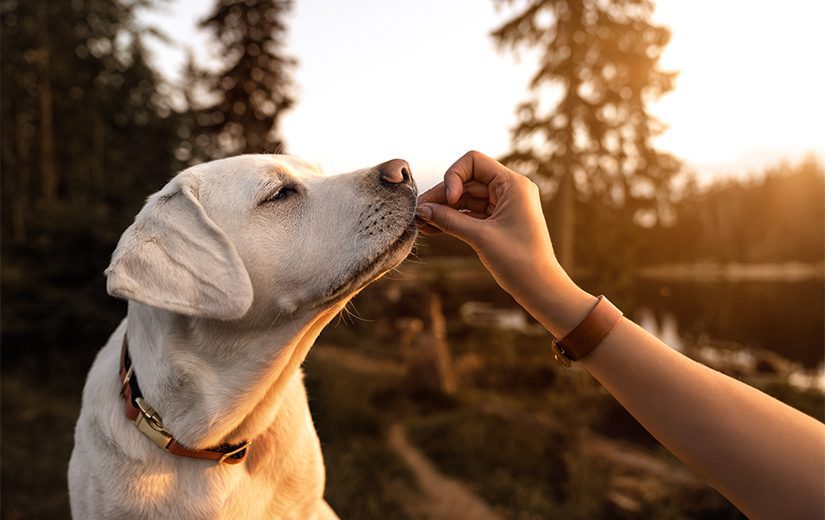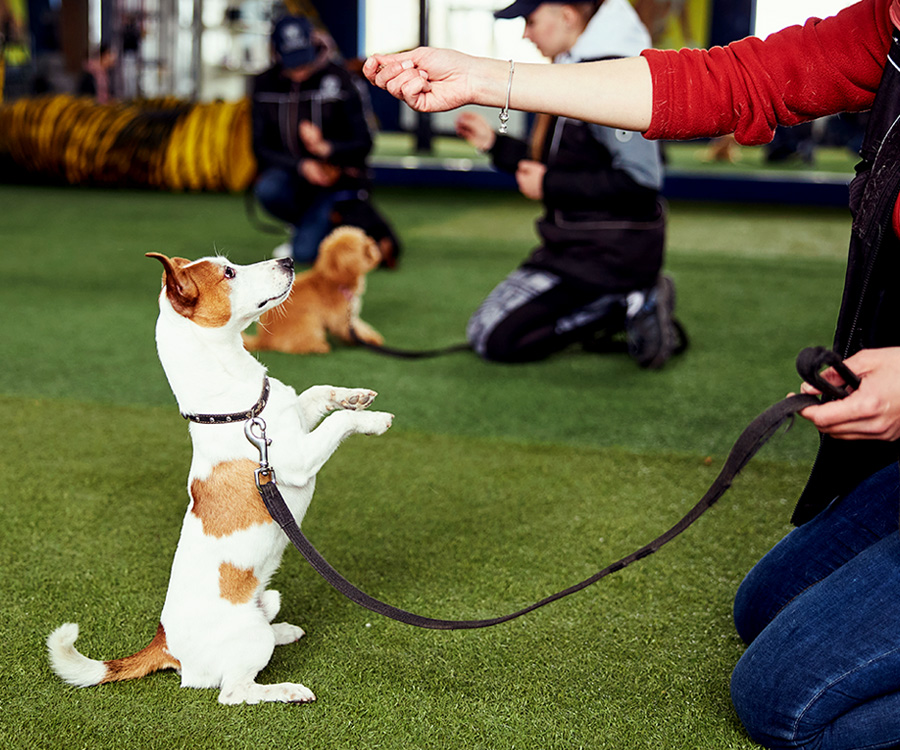The Science Behind Successful Dog Training Techniques
The Science Behind Successful Dog Training Techniques
Blog Article
The Ultimate Guide to Pet Training: Change Your Pet's Behavior
Effective dog training is crucial for cultivating a harmonious partnership in between family pets and their owners. The intricacies of canine actions and the implementation of structured training strategies play a critical duty in this procedure. By recognizing the concepts of positive support, consistency, and socializing, family pet owners can navigate common difficulties that emerge during training. This overview not just intends to equip you with the required devices to change your pet's habits yet also invites you to check out how these fundamental ideas can result in a much deeper link with your pet dog. What may be the initial step in this transformative trip?
Comprehending Pet Dog Behavior
Comprehending canine behavior is crucial for effective training and an unified connection between pets and their owners. A dog's habits is influenced by a mix of genetics, environment, and experiences. Dog training. Recognizing these variables permits proprietors to customize their training approaches to fulfill the private needs of their family pets
Dogs communicate mostly through body language, articulations, and facial expressions. As an example, a wagging tail can indicate enjoyment or happiness, while a put tail may signal fear or entry. Observing these hints enables owners to react appropriately, reinforcing favorable behaviors and addressing negative ones efficiently.
In addition, understanding the social framework of pet dogs can offer insights into their actions. Pets are pack pets, and they thrive in a structured setting. Establishing clear limits and consistent regulations can stop confusion and promote a complacency.
Moreover, identifying the all-natural reactions of pets, such as need to go after or dig, is crucial. These impulses can be redirected through ideal electrical outlets, such as play or workout. By comprehensively recognizing these behavioral elements, proprietors can cultivate a positive training experience, eventually causing a well-adjusted and loyal canine friend.
Vital Training Methods
Effective canine training counts on a range of necessary methods that can dramatically enhance the learning procedure for both the proprietor and the pet dog. One fundamental strategy declares reinforcement, which entails satisfying preferable actions with deals with, praise, or playtime. This technique encourages canines to duplicate the habits that cause positive results, cultivating a trusting relationship between the animal and proprietor.
Another trick method is consistency in commands and expectations. Making use of the very same verbal hints and hand signals assists the pet comprehend what is required, lowering confusion and promoting quicker understanding. Additionally, establishing clear boundaries and policies is crucial for effective communication.
Socialization is also a crucial part of training. Subjecting pets to various atmospheres, individuals, and various other animals helps them create ideal social abilities and reduces stress and anxiety in unfamiliar situations.
Last but not least, patience and timing are important. Educating sessions need to be brief but regular, making certain that the canine remains involved and responsive. By employing these crucial strategies, owners can produce a organized and favorable training experience that advertises good actions and strengthens the bond with their canine buddies.
Developing an Educating Arrange
How can a well-structured training routine improve a pet dog's learning experience? A training routine provides consistency, ensuring that pets obtain regular, concentrated instruction. This predictability aids dogs comprehend what is expected of them, reinforcing their learning and enabling much better retention of behaviors and commands.
When producing a training timetable, it is important to think about the dog's age, breed, and individual character. Youthful pups may gain from shorter, much more regular sessions, while grown-up dogs might love longer, much less frequent training periods. Including a variety of activities can also keep the sessions engaging, protecting against monotony and advertising excitement for discovering.
Furthermore, scheduling training sessions at certain times of the day can help strengthen a regimen. As an example, combining training with day-to-day walks or playtime can develop a favorable organization with discovering. It is additionally essential to include time for reinforcement, such as treats or praise, to award preferred habits immediately.
Last but not least, adaptability is vital. While consistency is vital, being adaptable to the dog's state of mind or energy level can enhance their discovering experience. A well-crafted training routine inevitably lays the foundation for efficient interaction and a stronger bond between the pet and proprietor.
Usual Educating Difficulties
In spite of having a well-structured training schedule, dog owners frequently experience various have a peek at this site challenges during the training procedure. One usual concern is incongruity in commands and signs. When multiple member of the family use various terms or tones, a pet dog may become confused, hindering its capacity to discover efficiently.
Another constant difficulty is diversion. Dog training. Pet dogs are naturally interested creatures, and exterior stimuli such as various other animals, sounds, or people can divert their attention throughout training sessions. This needs proprietors to create a regulated environment or progressively introduce distractions to enhance focus
In addition, varying power levels can affect training outcomes. High-energy pets may battle to settle and focus, while a lot more laid-back breeds could require extra inspiration to involve. Tailoring the training method to fit the specific canine's character is necessary for success.

Structure a Solid Bond
A solid bond in between a dog and its owner is necessary for successful training and general health. Dog training. This relationship fosters count on, which is vital for reliable interaction during the training process. When a canine feels safe and connected to its owner, it is more probable to respond favorably to signs and commands
To construct this bond, uniformity is vital. Developing a regimen that consists of routine feeding, exercise, and training sessions assists produce a sense of security. In addition, favorable support strategies, such as deals with, praise, and play, strengthen desired behaviors while enhancing the emotional connection.
Socialization is another vital aspect of bond-building. Revealing your dog to different atmospheres, individuals, and various other pets aids them really feel a lot more confident and comfortable, boosting the bond with their proprietor. Engaging in tasks with each other, such as strolling, playing bring, or taking part in obedience training, promotes teamwork and common satisfaction.
Final Thought

Understanding pet dog behavior is vital for effective training and a harmonious partnership between canines and their proprietors.Effective canine training counts on a variety of necessary techniques that can considerably boost the learning process for both the pet and the owner.In spite of having a well-structured training timetable, dog owners usually experience different obstacles throughout the training procedure.In conclusion, reliable dog training counts on a thorough understanding of canine habits, the application of vital techniques, and the establishment of a structured training schedule. By emphasizing positive support and consistency, dog owners can significantly improve their pets' behavior, ultimately guaranteeing a harmonious connection and promoting the health of both the dog and i thought about this its environment.
Report this page